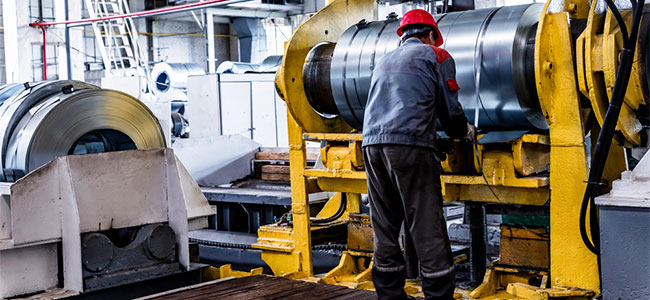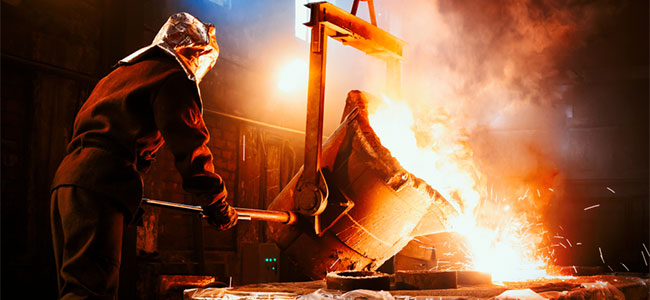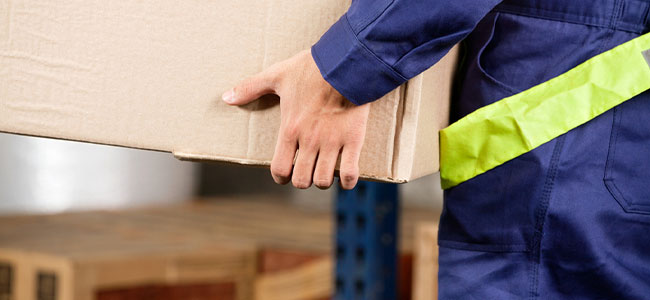
Indiana-based IBC Advanced Alloys Inc. must respond to $69,251 in proposed penalties.

The international event runs from Oct. 24-27 and focuses on digitalization and sustainability in workplace safety.

A federal investigation determined the company illegally employed 11 teens.

Understanding the challenge posed by silica dust exposure on site and in confined spaces, and the comprehensive standards and measures used to combat its peril.

From the ancient Mediterranean sailors to today’s workplaces, understanding the true essence of risk is vital. Dive deep into the transformative journey of “risk” and its implications in today’s Hazard Communication.

Beyond safety technology, the rise of connected gas detection underscores a deep need for organizational change and human adaptation. How does change management help integrate connected gas detection into company safety cultures?

What are the innovations and strategies impacting protective apparel for workers in extreme environments such as foundries and pulp paper mills?

Good housekeeping training plays a critical role in minimizing material handling incidents, boosting morale, and cultivating a healthier environment for all.

From proactive risk assessments to comprehensive training: A deep dive into ensuring safe and sustainable heat transfer in manufacturing facilities.

Unpacking the training of manual material handling — from current challenges to future trends, and the strategies warehouse managers can employ for a safer, more efficient workplace.